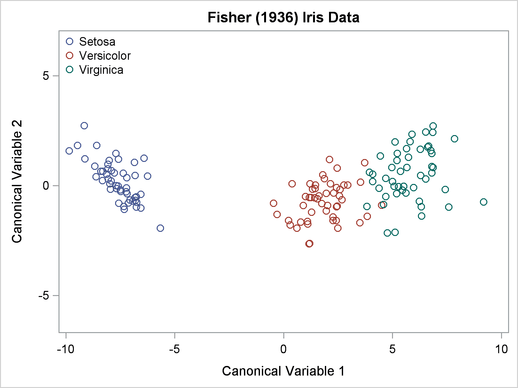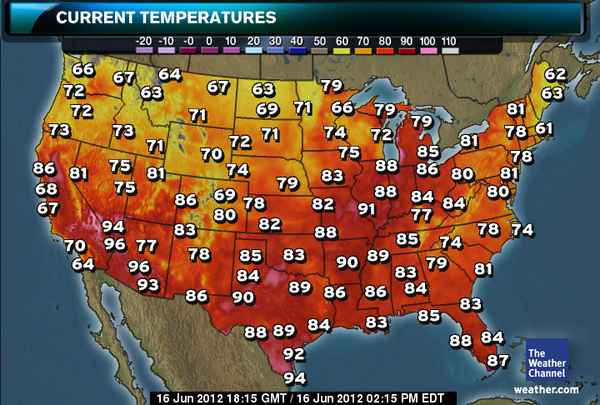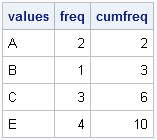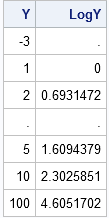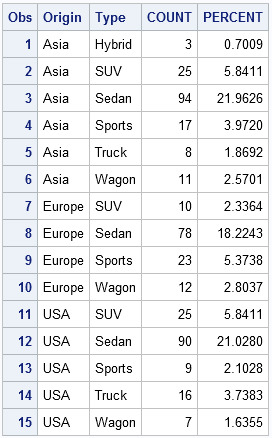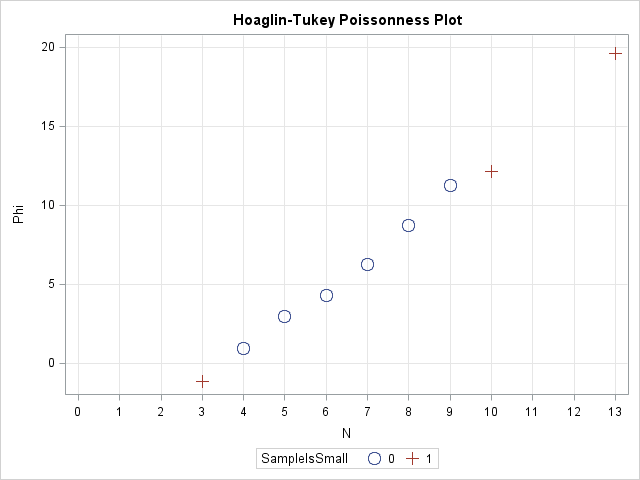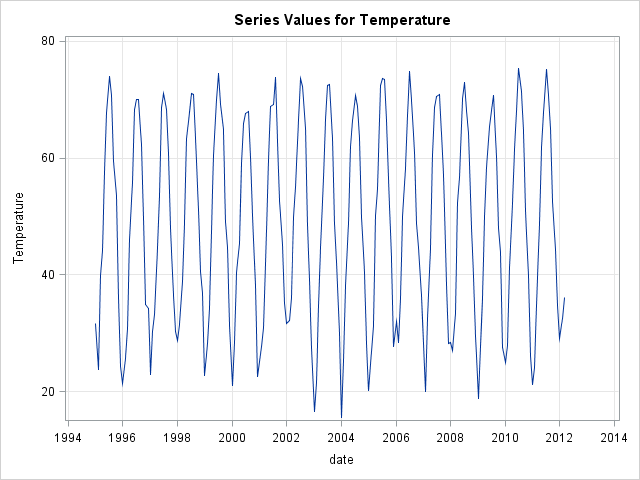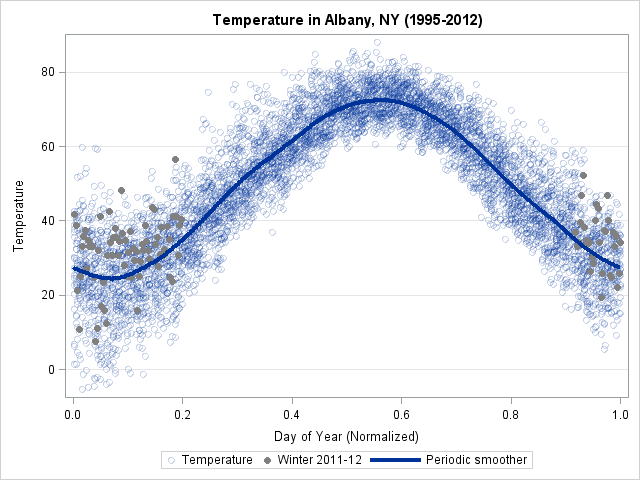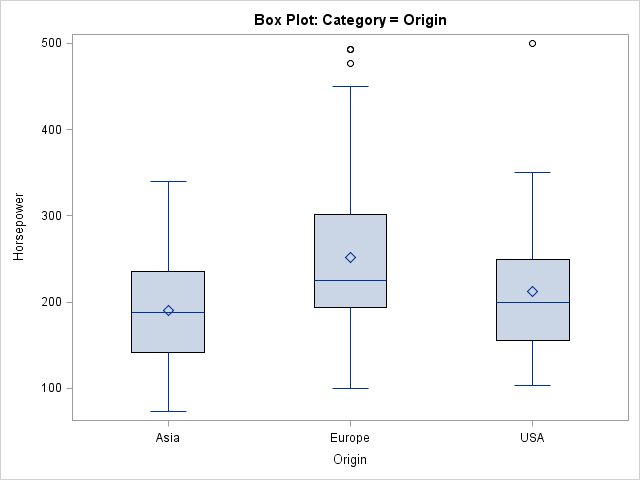
The other day I was using PROC SGPLOT to create a box plot and I ran a program that was similar to the following: proc sgplot data=sashelp.cars; title "Box Plot: Category = Origin"; vbox Horsepower / category=origin; run; An hour or so later I had a need for another box

